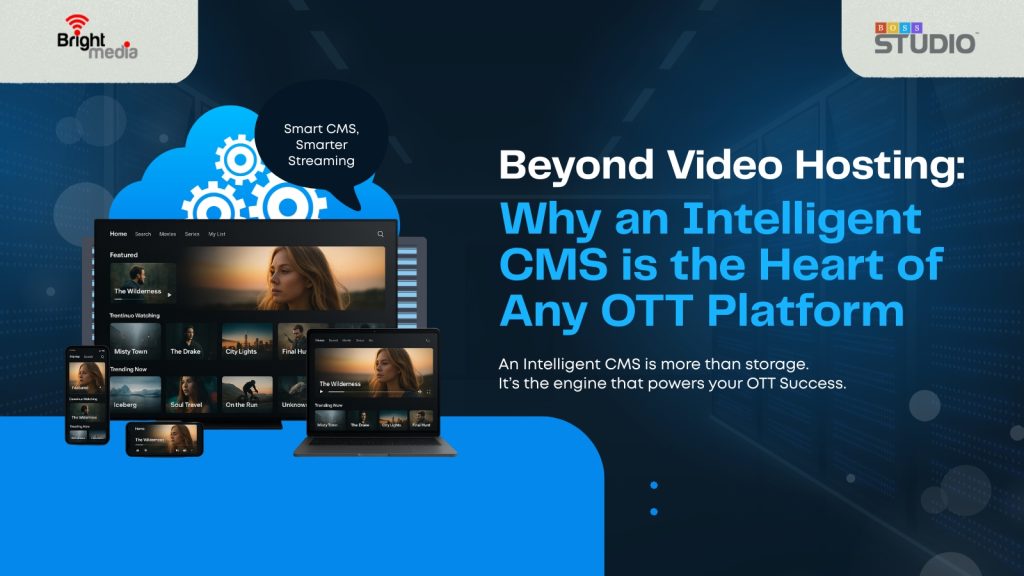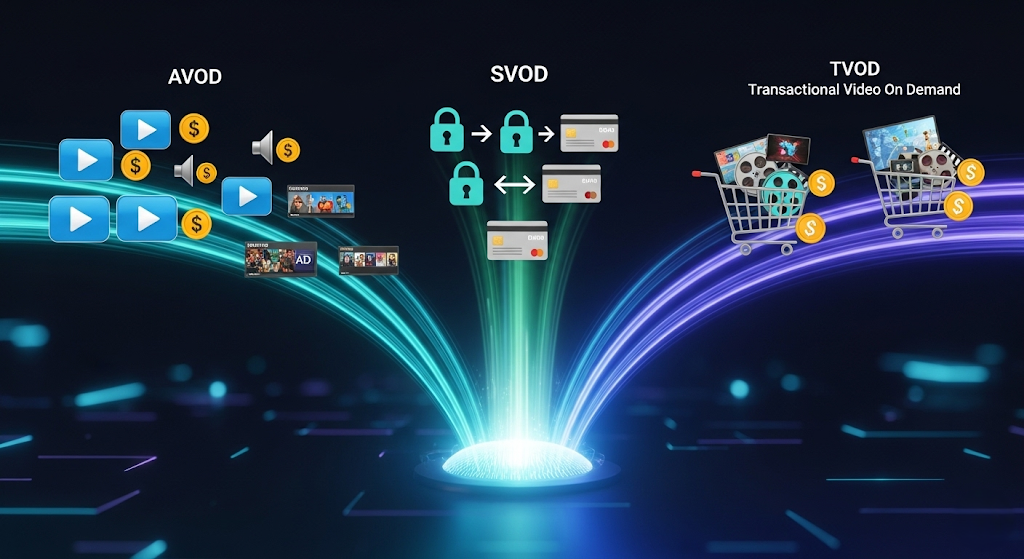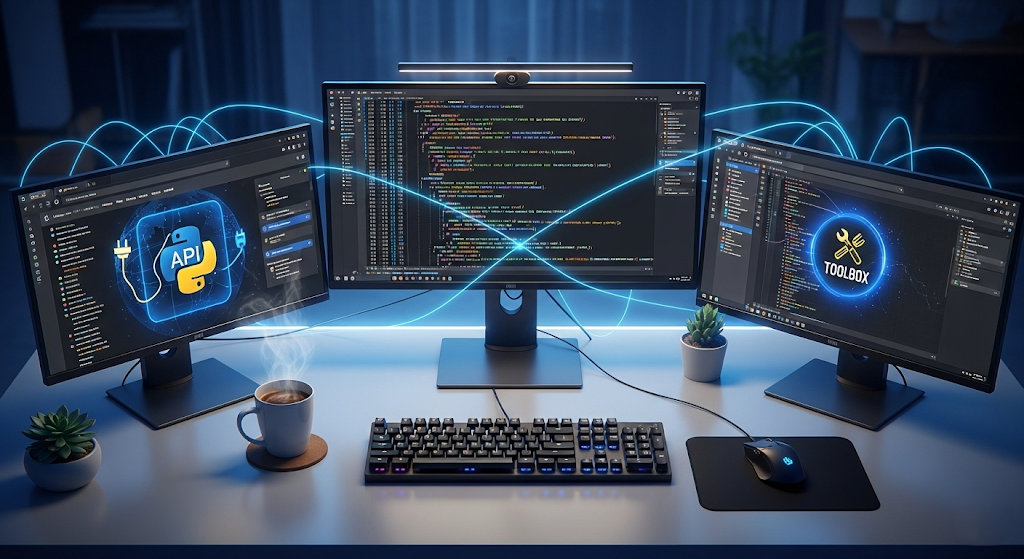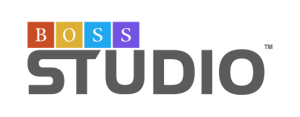
Beyond Video Hosting: Why an Intelligent CMS is the Heart of Any OTT Platform
In the highly competitive landscape of OTT CMS today, just having a video platform is not enough. Viewers now expect personalized, consistent, cross-device viewing experiences. To meet those experiences, you need to have a smart, agile, and feature-rich CMS − one that acts not only as a backend but that becomes the heart and soul of your OTT platform video streaming service.
Also read – How to Choose the Right OTT CMS for Your Platform
1. More Than Storage: It’s About Control and Customization

While a traditional video hosting service only stores your content, a sophisticated OTT CMS enables you to organize, manage, and curate your content dynamically. With an advanced CMS, you can categorize by genre, modify metadata, schedule releases, and much more, giving you finer control over every aspect of your video library.
Key advantages:
- Easy, drag-and-drop content workflows
- Multiple tiered categories (i.e. by genre, mass popularity, region)
- Real-time scheduling for live stream or episode drops
2. Enabling Seamless Multi-Device Experiences

Media audiences are seeking that access across an array of devices, including smartphones, tablets, smart TVs, etc. You will want to have a one, that gives you a smart way to make your content adaptive and responsive, taking advantage of the playback and UI capabilities regardless of the device that your audience is consuming the content on.
Also read – The Rise of FAST TV: What It Means for Content Owners
With a good CMS, you’ll have:
- A comprehensive content delivery strategy across all devices
- Encoding and streaming options that are device-specific
- A consistent end-user experience across applications and web.
3. Personalization Through Data and AI

OTT CMS systems are dynamic too, leveraging in-depth data intelligence and AI technology that allows platforms to achieve behaviour-based recommendations, create dynamic playlists, and build curated collections to keep viewers watching longer.
Visualization of what this means:
- Behaviour-based recommendations of content
- AI-based tagging and metadata creation
- Real-time analytics provide recommendations to personalize the UX
4. Monetization Built In for OTT Platform

Generating revenue is a critical aspect of content publishing, and your OTT platform should accommodate a variety of monetization models – AVOD (Advertisement supported), SVOD (Subscription), TVOD (Transactional). An effective CMS includes the monetization logic in its core functionality, allowing you to launch and test new models more quickly.
Also read – The Business of Streaming: How OTT Software Maximizes Revenue
Here are some smart CMS monetization features to consider:
- Ad scheduling and control
- Paywall system and payment gateway support
- Promo codes, free trials, and bundles flexibility.
5. Content Security and Rights Management

The issues of piracy and unauthorized use can be sobering if left unresolved. Smart OTT platform will accommodate (Digital Rights Management) DRM, geo-blocking, user-level access management, and watermarking features to secure your content.
Also read – Top OTT Content Management Systems Compared
Another area to explore when evaluating your CMS would be:
- DRM integrations (Widevine, FairPlay, PlayReady)
- Geo/IP restriction
- License-based viewing (rental, limited time)
6. Scalability for Global Growth

As your OTT business scales, your CMS must be scalable as well. Whether you’re onboarding thousands of new users, launching a new region, or adding on to your content library, a cloud-native CMS will provide zero downtime and optimal performance.
Here are some considerations for scalability:
- Cloud-based deployment (AWS, Azure, GCP)
- Auto-scaling infrastructure
- Multiple language and currency options
Also read – Building a Scalable Streaming Platform: The Role of OTT Software
7. Developers-Friendly and Integration-Ready

Ultimately, a future-ready OTT CMS is designed to customize and take up integrations. Payment systems, 3rd party analytics, recommendation engines, or CRMs, you expect that your CMS should provide open APIs or SDKs for developers to easily build custom experiences.
Conclusion
In summary, BOSS STUDIO is more than just video hosting; it’s a powerful, intelligent CMS that allows content creators, broadcasters, and media brands to create interactive, scalable and monetizable platforms. With BOSS STUDIO, you get the flexibility to meet audience demands in real time, making sure your platform is not only functioning but prepared for the future.



